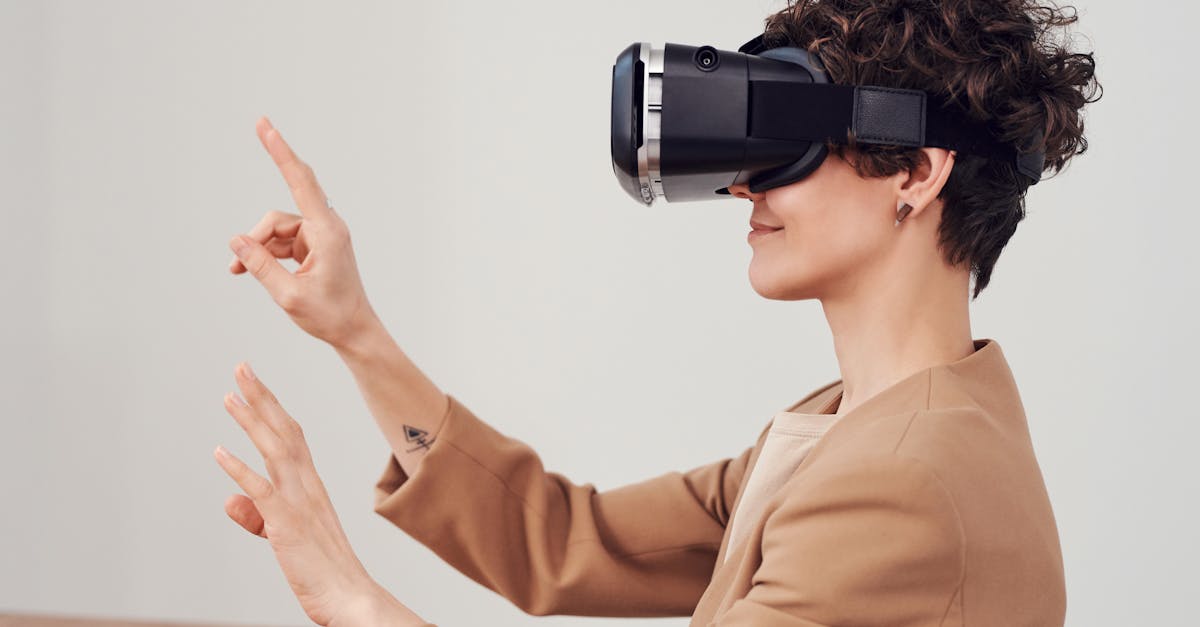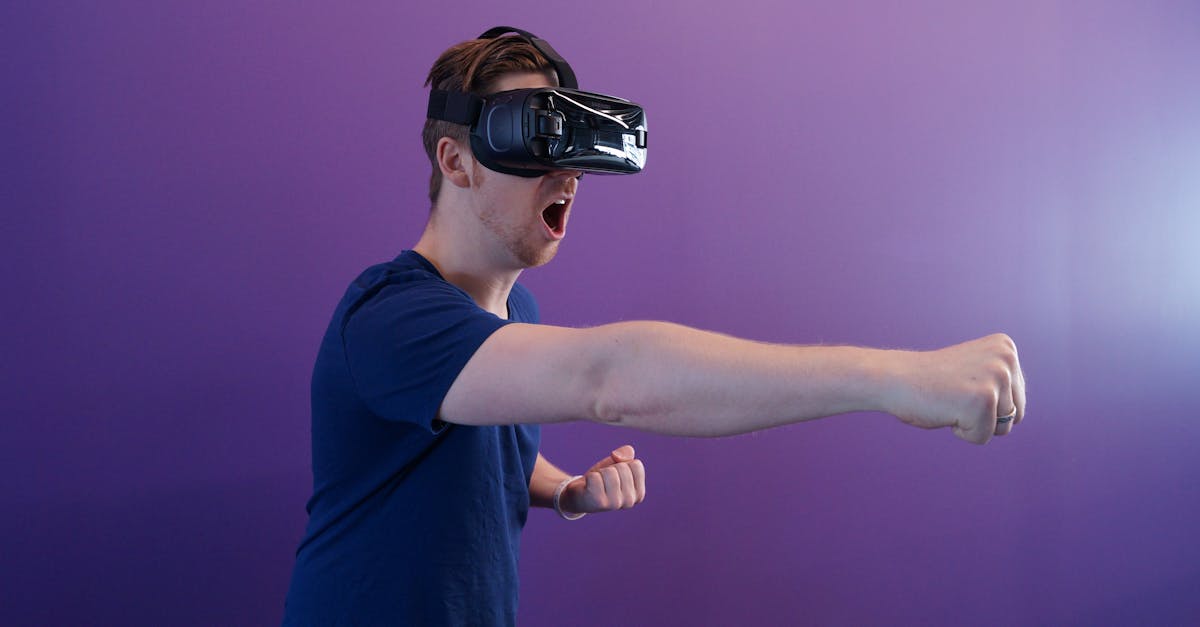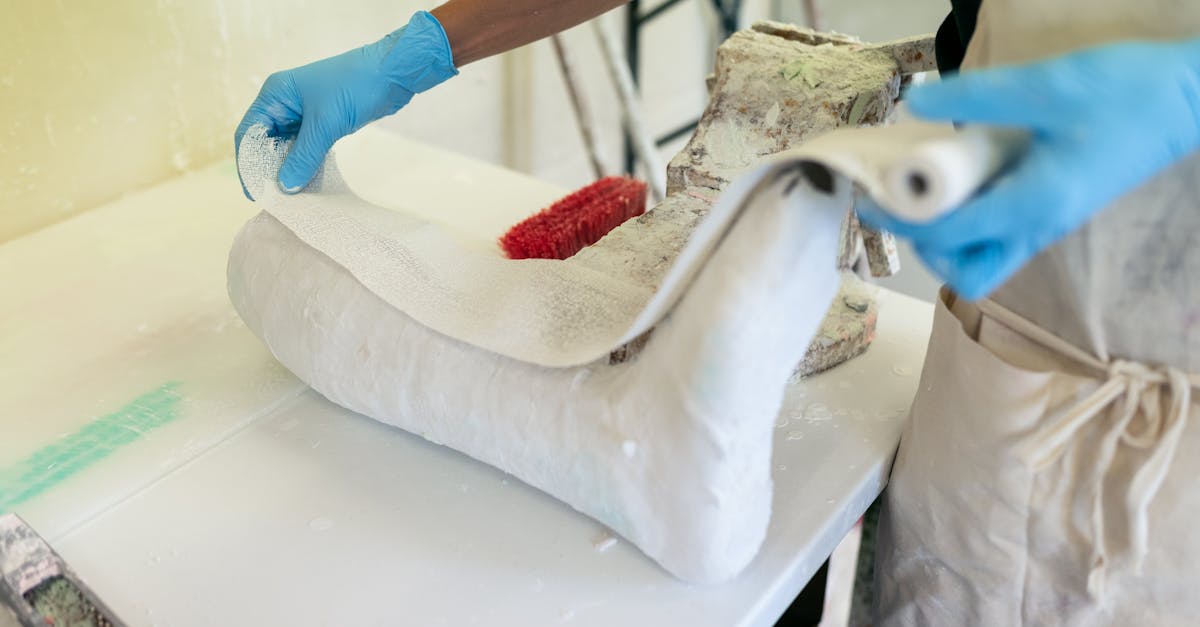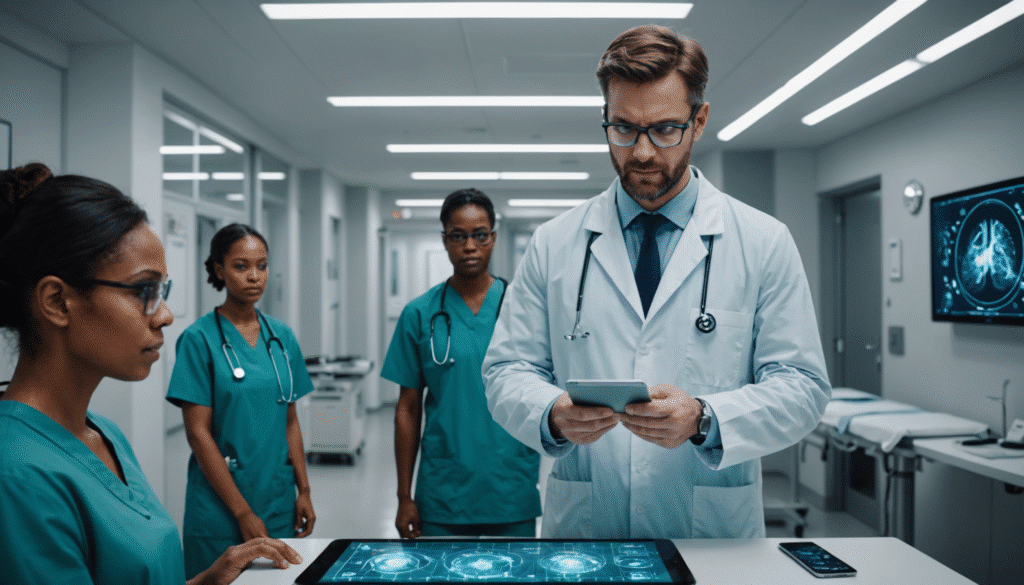The use of the virtual reality in rehabilitation orthoptic presents itself as a significant advance in the field of visual health. This innovative approach combines cutting-edge technologies such aseye tracking and medical devices adapted to provide targeted treatment for eye disorders. By integrating immersive and interactive exercises, it not only promotes patient engagement but also optimizes patient care processes. rehabilitation. Healthcare professionals, particularly orthoptists And ophthalmologists, see in this method an effective way to improve clinical results while making the rehabilitation more accessible and consistent with individual needs.

There virtual reality (VR) is a technology that allows you to create an interactive and immersive three-dimensional environment, often used in gaming or cinematographic applications. However, its use has considerably extended to the medical field, particularly in the context oforthoptics. This discipline is responsible for the rehabilitation of vision disorders, which makes it an ideal field of application for VR tools. There orthoptic rehabilitation focuses on visual disorders such as strabismus, amblyopia or other functional visual impairments.
The combination of VR with orthoptics offers new possibilities in visual rehabilitation. By integrating the technology of eye tracking With VR devices, therapists can create tailored exercises that are both engaging and effective. Devices like MAGIC SIGHT connected glasses illustrate the innovation that is driving this therapeutic approach to the next level.
Virtual reality makes it possible to simulate real or imaginary situations in which patients interact. These environments can be modified to adapt to the specific needs of each patient and to intensify the visual effort required. Additionally, the immersive aspect of VR can motivate patients to actively participate in their treatment.
To evaluate and treat eye disorders, companies like Eyesoft have developed medical devices integrating advanced elements of machine learning andeye tracking. This technology makes it possible to detect eye disorders in just a few minutes and apply appropriate treatments more quickly and with increased effectiveness. Feelity, the company behind Eyesoft, has been working since 2018 to revolutionize the orthoptic approach through VR.
One of the major advantages of using VR in orthoptic rehabilitation is the possibility of creating exercises without any space constraints. For decades, orthoptists have used traditional visual aids such as test boards or letter charts. Although these methods are effective, they can become boring and demotivating for patients. VR, on the other hand, allows for the integration of fun and interactive elements that are generally well received by patients, especially children.
Another positive aspect lies in the possibility of precisely measuring patient performance using objective indicators. VR devices can collect data such as reaction time, eye movement accuracy, and other parameters that help tailor treatment in real time. This may also include the use of specific exercises tailored for particular pathologies, thus providing a personalized follow-up.
Rehabilitation via VR can be particularly beneficial for patients with specific needs. Cases of post-stroke patients or those suffering from strabismus can benefit from adapted rehabilitation programs. There orthoptic rehabilitation often requires repeated interventions to calibrate vision and relearn normal eye movements. With VR, patients can interact with simulations that reproduce daily life scenarios, promoting better visual health in a realistic context.
THE rehabilitation exercises VR-based tasks include varied tasks ranging from simple target tracking to more complex activities, where the patient must use their visual abilities to navigate in a virtual environment. This can help develop visual skills like hand-eye coordination, depth perception, and image fusion, which are essential for healthy binocular vision.
In addition to the technical and diagnostic advantages, social interaction can also be maintained during rehabilitation sessions. Patients can interact with other users in a virtual environment, creating a setting where the social aspects of rehabilitation are enhanced. This can prove particularly beneficial in treating children, making the exercises more engaging and attractive.
One of the challenges associated with using VR in orthoptics is the initial cost of medical devices and software. Although these technologies are increasingly accessible, their integration into clinical practices requires investments not only to acquire the equipment but also to train staff in their use. In addition, particular attention must be paid to the data security and protecting patient information when using digital technologies.
It is also crucial to note that virtual reality should not replace traditional methods, but rather complement them. A holistic approach combining several techniques may be most effective for the treatment of visual disorders. Virtual reality must be integrated into a broader therapeutic framework that includes clinical assessments, accurate diagnoses, and rigorous monitoring of patient progress.
In terms ofevaluation of results, studies show that patients who use VR devices for their rehabilitation show significant improvements compared to those who follow traditional methods. L’evaluation of results of orthoptic rehabilitation, particularly in post-stroke patients, reveals that the active engagement encouraged by these technologies undoubtedly improves visual outcomes.
At the same time, advances such as the integration of haptic technology in VR devices open up even more possibilities in the field of orthoptics. Haptic technology, which aims to reproduce physical sensations in a virtual environment, could also enrich therapeutic interactions and improve the immersive reality of these experiences. According to research, the market for this technology could reach $7.1 billion by 2035, which proves the growing interest in this integration.
Finally, orthoptic rehabilitation via virtual reality represents a promising change in the field of visual health. The diverse benefits of this approach, from increased patient engagement to assessment accuracy, make it an area to watch closely. The use of VR could significantly transform the way healthcare professionals approach the care of eye conditions.
Vision health professionals, including ophthalmologists, orthoptists And opticians, must become familiar with these technologies and consider their integration into their clinical practices. Continuing research and development of innovative rehabilitation tools with VR could potentially transform the care of patients suffering from visual disorders, by offering tailor-made and effective solutions.
In order to better understand and refine the use of VR techniques in orthoptics, various resources and studies are available, such as the clinical approach to orthoptic rehabilitation in patients with strabismus or the exploration of new functional rehabilitation techniques.
The convergence of orthoptics and VR represents an exciting field of study that deserves attention. Additional research and clinical trials are needed to maximize the effectiveness of treatments and standardize the use of these technologies in vision health care.

Introduction to virtual reality in orthoptics
There virtual reality (VR) is emerging as a promising technique in the field of orthoptic rehabilitation. By integrating technological solutions such as virtual reality headset and theeye tracking, vision health professionals can offer personalized and interactive therapies. This article highlights the benefits of virtual reality in the rehabilitation of visual disorders, as well as recommendations for its optimal use.
The benefits of virtual reality in orthoptic rehabilitation
The integration of virtual reality in orthoptic rehabilitation offers various profits for the patient. Firstly, VR offers an immersive and interactive environment that promotes better motivation of the patient. This fun setting transforms the exercise into an engaging experience, thus improving the effectiveness of rehabilitation sessions.
Additionally, the use ofeye tracking in these devices allows precise tracking of eye movements. This technology helps orthoptists evaluate patient performance, adjusting exercises in real time to meet each individual’s specific needs. In addition, virtual reality can integrate elements of machine learning in order to optimize treatments based on the data collected during the sessions.
The importance of personalizing rehabilitation programs
One of the fundamental aspects of the use of VR in orthoptics is the possibility of customize programs rehabilitation. Each patient has different pathologies and skill levels. Healthcare professionals must therefore design specific exercises that target individual visual deficits. This helps optimize the healing process and speed up recovery.
In addition, the constant interaction between the patient and the virtual reality system offers immediate returns on performance, thus allowing regular reassessment of therapeutic objectives.
Training and awareness of health professionals
The implementation of virtual reality in orthoptic rehabilitation requires a adequate training professionals. Orthoptists must be trained not only in the technical aspects related to the use of VR devices, but also in the rehabilitation principles associated with this innovative approach. Continuing training sessions should be offered to ensure optimal mastery of tools and updating of practices.
It is also essential to raise awareness among professionals of the importance of integrating VR into a traditional treatment setting. Specialists must understand how to effectively combine traditional methods and modern technology to maximize results.
Evaluation of results and patient feedback
Evaluating the results of rehabilitation programs using virtual reality is crucial. Orthoptists should collect data on patients’ progress, using one-off and ongoing measurements to assess the effectiveness of exercises. There feedback generation is also essential, both for professionals and for patients. Patient feedback can provide valuable information on the suitability of the exercises offered and engagement in treatment.
Virtual reality constitutes a significant advance in the field of orthoptic rehabilitation, making it possible to provide innovative solutions adapted to the specific needs of patients. Methodical supervision and appropriate training are essential to maximize the benefits.










